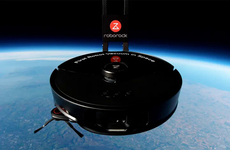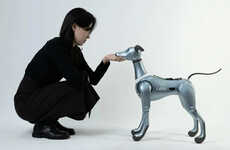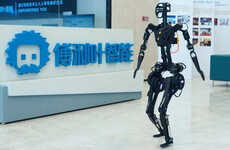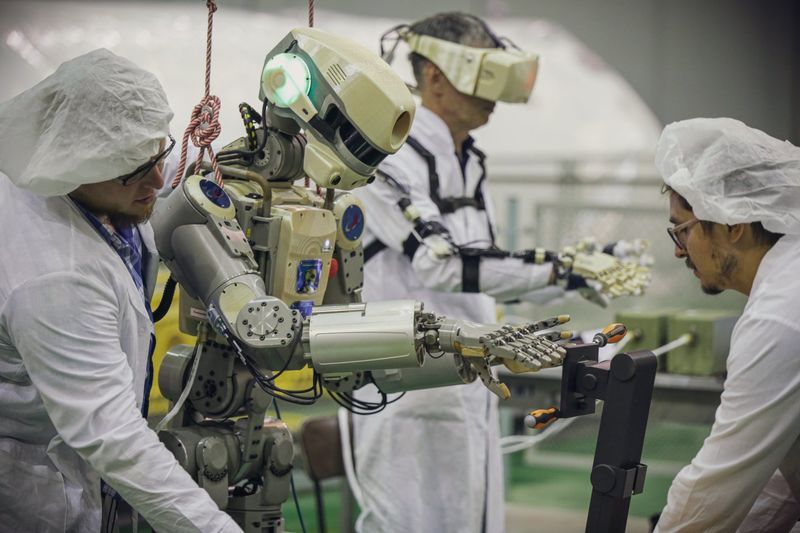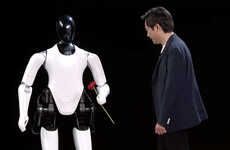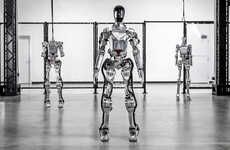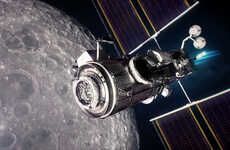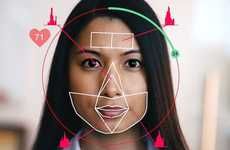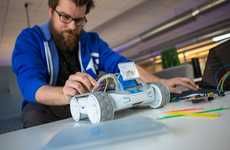
A Russian Humanoid Robot Was Recently Brought on to the ISS
Daniel Johnson — September 6, 2019 — Tech
References: en.roscosmos.ru & techcrunch
A Russian humanoid robot was recently delivered to the International Space Station. The Russian humanoid robot was brought on a Soyuz spacecraft, where it sat in the captain's seat of the spacecraft. The machine is titled the Skybot F-850 and was constructed by the Roscosmos space agency.
The robot was included in an automated mission to the International Space Station, with no humans aboard the spacecraft. This mission was conducted in order to test changes that were made to the Soyuz rocket.
The Skybot F-850 robot has sensors that can take internal measurements of the spacecraft -- including things like G-force, vibrations temperature and more. It is used in order to measure the potential impact on humans a trip could have and can also answer questions, as well as engage in short conversations.
Image Credit: Rocsosmos
The robot was included in an automated mission to the International Space Station, with no humans aboard the spacecraft. This mission was conducted in order to test changes that were made to the Soyuz rocket.
The Skybot F-850 robot has sensors that can take internal measurements of the spacecraft -- including things like G-force, vibrations temperature and more. It is used in order to measure the potential impact on humans a trip could have and can also answer questions, as well as engage in short conversations.
Image Credit: Rocsosmos
Trend Themes
1. Autonomous Space Robotics - The emergence of autonomous robotics in space exploration that can perform tasks without human intervention.
2. Robotic Sensing - Robots equipped with sensors that can measure and respond to various stimuli, providing better insights and data collection in space.
3. Space Exploration Robotics - Development of versatile robots specifically designed to perform various tasks associated with space exploration.
Industry Implications
1. Space Industry - The use of advanced robotic technologies in space exploration, including autonomous robots and sensors, to replace the need for human intervention.
2. Robotics Industry - The development of robotic sensing and autonomous systems that can measure and respond to various stimuli in space.
3. Technology Industry - Creation and development of technologies that can improve human scientific understanding of space and our place in the universe.
3.4
Score
Popularity
Activity
Freshness

